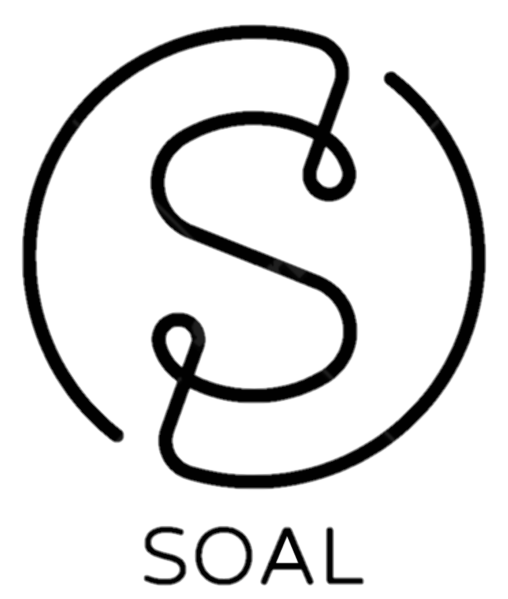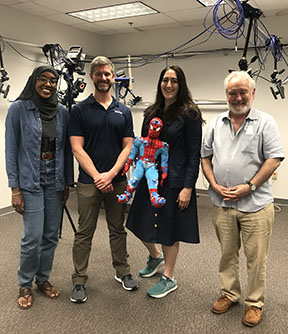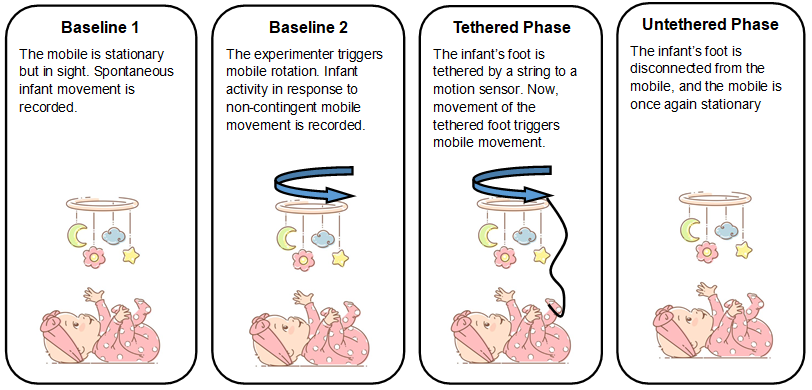
![]()
Self-Organizing Agency Lab (SOAL) was established to investigate the coordinative roots of human intentionality. Developmentalists have long supposed that infants become self-aware and begin acting with intention through initially reflexive exchanges with their parents and spontaneous interactions with physical objects. However, these broad notions are largely based on narrow-lens observations and intuition rather than experimentation and computational modeling. The specifics of how infants adjust to, become aware of, and begin to intentionally act on functional coordinative relationships with their environment remain open areas of inquiry. If the idea that agency emerges in relationship is to be taken seriously, any attempt to study this phenomenon must make a full account of the infant~environment system and its dynamics. This is a key aspect of our approach in SOAL.

Detailed measurement and careful probing of intrinsic infant factors, environmental affordances, and interaction parameters will reveal an array of phenotypic paths to conscious agency. Preliminary results support the present approach and suggest the interesting possibility of quasi-agentive states. Unraveling the way individual infants discover how to stabilize control over interactions with the world will 1) further our understanding of basic principles of brain organization and environmental adaptation, 2) seamlessly translate to clinical application for identifying infants at risk for motor delays, and 3) develop data-driven strategies for targeted care. Furthermore, work underway has propelled the development of leading-edge deep learning tools to identify behavioral patterns reflective of changes in infant intentionality. This interdisciplinary partnership has already begun to shed light on one of the most basic aspects of human development and will inform future design of systems of artificial intelligence for autonomous discovery of contextually relevant goals and actions.
Kelso and Fuchs (2016) detailed a mechanistic model of agency formation, using the mobile conjugate reinforcement (MCR) paradigm as a window into this process. In MCR studies, infants begin as detached observers, but they become functionally enmeshed with an object in their environment when the experimenter tethers one of the infant’s feet to a mobile hanging above.

A coordinative structure, or functional synergy, is hypothesized to form between infant and mobile, triggering an autocatalytic process. Positive feedback amplifies the perceptibility of the coordinative relationship between infant and environment and gives rise to an ‘Aha!’ moment as the prelinguistic infant suddenly realizes it is an agent in control of the mobile’s motion.
Watch infants in action:
In an invited lecture at the Inaugural Symposium on "The Market Mind Hypothesis" (Edinburgh, Scotland, May 23-24, 2022), JA Scott Kelso discusses what economists might learn about market dynamics from infant agency: